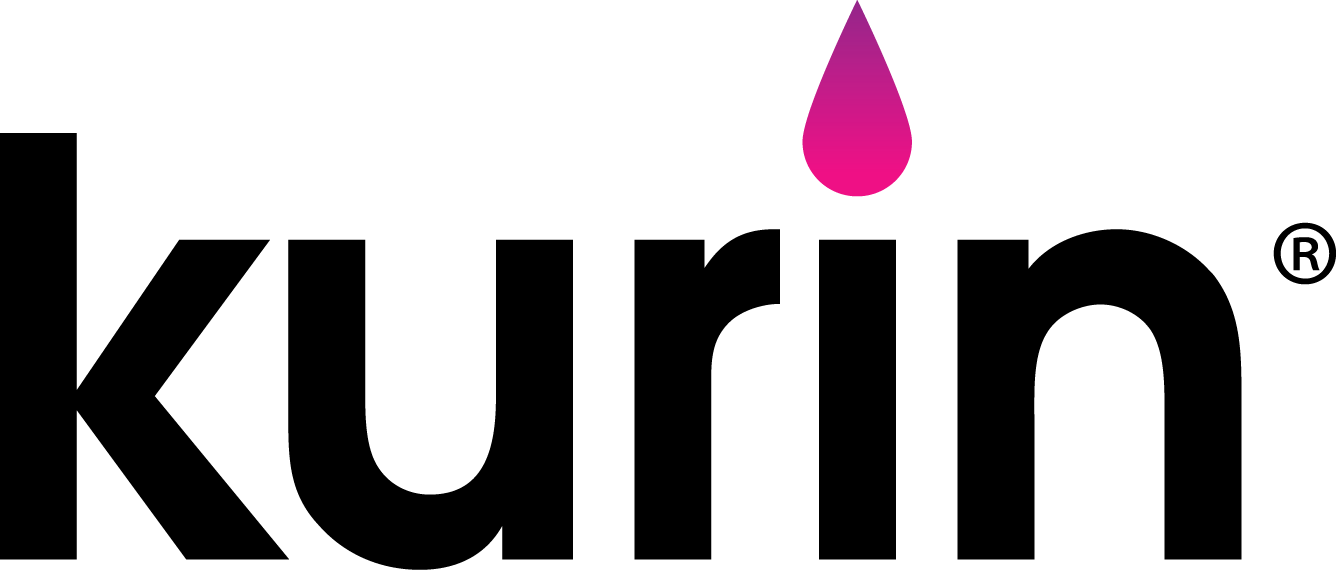Children’s Hospital Achieves Zero Contaminations with Kurin Lock
Oishei Children’s Hospital, Buffalo, NY.
Key Takeaways
- This was the first published clinical study in a pediatric hospital demonstrating the impact of Kurin’s PIV product.
- During the two phases of the trial, the ED staff collected almost 1200 cultures with ZERO contaminations when using Kurin. The overall rate during the trial was ~0.5%. (0% with, 8.4% without).
- Clinical results showed ~80% decrease overall in the BCC rate compared to their historical average.
The Situation
Oishei Children’s wanted to reduce blood culture contaminations (BCC) and improve on historical rates that were closer to 3%. With Kurin, they collected almost 1200 cultures without a single contamination. This data was presented at APIC in 2021.
Baseline & Interventions
As in most facilities, false positive blood cultures (FPBCs) were an ongoing problem. Rates were generally near 3% but occasionally reached 5% or more. Blood cultures were obtained by trained RNs. Leadership provided additional education to nurses who drew FPBCs but 1:1 education yielded only temporary results.
Kurin Implementation & Process
Kurin was used in the first phase of the trial during the summer of 2018. After comparing data to historical averages, a second trial period was completed during the summer of 2019 with similar results. Hospital policy was to collect cultures from a freshly placed IV, so Kurin’s low-volume PIV was the appropriate product to accommodate this policy.
Summary
Rates dropped ~80%, down to ~0.5% during the Kurin trial periods. When measuring rates when Kurin was used, the children’s hospital reported a 0.0% rate. The authors reported this result as clinically significant with a p-value of 0.00001.
